Sociodramatic play activities: Sociodramatic play (interacting with others)
Sociodramatic play (emergent literacy)
Sociodramatic play is where children act out imaginary situations and stories, become different characters, and pretend they are in different locations and times.
When imaginative/dramatic play is shared with others, this becomes sociodramatic play. It can involve the use of props, costumes, and scenery, but this isn’t a requirement. It is possible for sociodramatic play to make use of nothing but children’s imagination.
In this section, however, we explore how materials can be provided and scenarios set up, so that children can engage in emergent literacy experiences within sociodramatic play.
Children’s play is driven by their capacity to explore their interests by creating imaginary worlds. Photo:
Pixabay
Sociodramatic play is the most advanced form of play, and constantly changes (fluid and dynamic) according to the interests and ideas of children.
In this section, we explore sociodramatic play as a teaching practice for emergent literacy.
For an exploration of the use of this practice for developing children’s oral language, see
Sociodramatic Play – Interacting with Others.
Sociodramatic play allows children to explore and create new worlds. The possibilities of children’s sociodramatic play extend to exploring the power and utility of literacy for communicating meaning through multiple modes. Children take on roles/characters, act out various scenarios and stories, and solve problems using a variety of communication modes.
[Children’s] communication and self-expression take many forms including sharing stories and symbols from their own culture, re-enacting well-known stories and using creative arts, such as drawing, painting and sculpture, drama, dance, movement and music to communicate with others. They create and explore imaginary worlds through dramatic play and through artworks. – VEYLDF (2016)
Williams and Rask (2003) argue that play is not only a context for learning, but an engaging means of creating purposeful literacy experiences:
In literacy it allows them to develop understanding of the purposes and power of the written word through discovery, hypothesis raising and experimentation.
Sociodramatic play usually involves children:
- developing roles
- creating their own storylines
- making up their own spoken lines (dialogue)
- interacting with each other
- directing each other in play.
(Dinham and Chalk, 2018)
Children use play to practice important language and social skills, including:
- joining in
- sharing and taking turns
- ways of interacting through different relationships (parent/child, brother/sister, doctor/patient)
- negotiating with each other about how the play will go.
(Dinham and Chalk, 2018)
How involved educators are will depend on what the learning intention of the experience is, and how children are interacting. Educators can take on many different roles during sociodramatic play.
Adapted from Enz (1995). Educators can be more less or more involved in sociodramatic play, depending on the learning intentions.
This continuum links to the VEYLDF (2016) Practice Principle: Integrated Teaching and Learning Approaches, which draws distinctions between:
- child-directed play and learning (similar to Onlooker above)
- guided play and learning (similar to stage manager and co-player roles)
- adult-led learning (similar to play leader).
Educators move between these three approaches in an interweaving way, in order to advance children’s knowledge.
The educator’s role in sociodramatic play is dynamic and shifting according to the needs of children.
As children are engrossed in play, guided by their imaginations, the involvement of educators may become minimal.
Note: The use of drama for interacting with others is explored further in
Performing Arts – Interacting with Others.
Educators can create purposeful emergent reading and writing opportunities within any play area.
See Literacy-rich environment.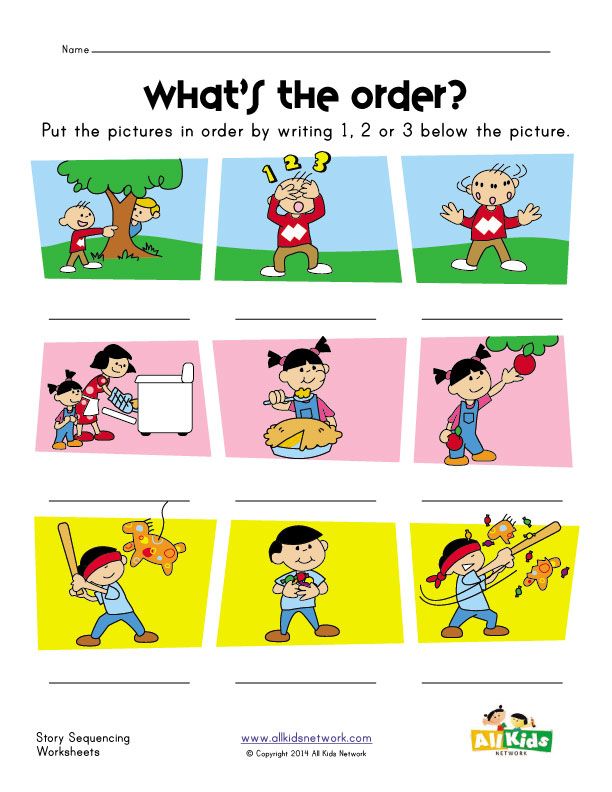
Dramatic play area[s] provide a good opportunity to include different texts for purposeful reading and writing by children… In this way children are able to reinforce their understanding of the communicative value of written texts and also to experiment with the writing of texts as part of their pretend play. – Fellowes and Oakley (2014, p. 387)
By providing access to a range of texts and materials, children can explore ways of using literacy in a functional and playful way. In this way, educators create opportunities for children to understand the multiple purposes of literacy, and children can play the role of reader and writer, by taking on roles in play (for example the waiter writing down orders) and engaging in reading and writing of texts for a particular purpose (Banerjee, Alsalman, & Alqafari, 2016; Saracho, 2001).
Examples of sociodramatic play area themes and potential literacy materials, include:
- Doctor’s office/ Hospital
- patient folder, pretend x-rays, clipboards for taking notes, visual schedule for booking appointments
- Restaurant/ Café
- menus, signs for restaurant/café name and foods/drinks, pretend eftpos machine, cash register, book for noting books, clipboard for taking orders
- Grocery Store
- notepads, pencil/pens and paper for shopping lists, paper for receipts, cardboard for making signs/labels for foods, and specials
- Hardware store
- price tags, labels, pencils/pens, paper for shopping lists, signs, measuring tape, notepads, visual instructions, allen key, brochures, catalogues, and booklets
- Post office
- envelopes, stamps, boxes for shipping presents, mailbox, mailbags, paper and stationery for writing and posting letters
- Office
- documents, play computers or keyboards, play phones, calendars, schedules, sticky notes
- Aquarium/Zoo/Vet
- signs for animals, diagrams of animals, notepads for vet or zookeepers, brochures
- Camping
- map, trail signs, compass, tent instructions, labels on pretend food, sticks for writing/drawing in the earth.
- map, trail signs, compass, tent instructions, labels on pretend food, sticks for writing/drawing in the earth.
(Adapted from Fellowes and Oakley, 2014; Williams & Rask, 2003)
Campfire themed sociodramatic play area. Photo: L Stewart
Siraj-Blatchford (2009) describes a pedagogical sequence for developing children’s language and emergent literacy: modelling, scaffolding, extension. Educators can use this sequence to develop emergent literacy during sociodramatic play:
- modelling the use of written texts as part of the play situations (as a co-player)
- scaffolding children’s emergent reading or writing engagement by asking open-ended questions, providing feedback, and helping children to use materials within the context of play (as stage manager, co-player, or play leader)
- extending children’s emergent literacy by engaging in sustained shared thinking, asking analytical questions, providing additional materials or play ideas to build upon children’s current literacy engagement.
General principles
- When setting up play experiences, think of what emergent literacy concepts can be embedded
- Demonstrate to children how props, costumes, spaces can be used in sociodramatic play
- Encourage children to imagine what a particular prop or costume could symbolise (e.
g. using a block as a phone)
- Think about what role you will play in the experience, (onlooker, stage manager, co-player, or play leader).
When using play as a teaching practice for emergent literacy, there are a range of learning foci that educators can embed. See the experience plans for more information.
Some brief examples include:
Making meaning and expressing ideas
- model and scaffold use of written texts for emergent reading (e.g. reading menus, responding to signs, following visual instructions)
- model and scaffold use of written texts for emergent writing (e.g. making a shopping list, writing down orders, creating a map, sending a letter; note: writing will consist of a mix of marks, scribbles, drawings, and actual letter forms).
Exploring and creating texts
- use the texts from reading and writing experiences as stimuli for sociodramatic play (including picture storybooks, non-fiction texts, functional texts like recipes and instructions)
- consider ways of creating sociodramatic play areas that require:
- personal (expressive) texts (e.
g. drawing/writing letters, notes, recounts)
- imaginative (narratives) texts (e.g. storybooks, drawing/writing stories)
- informative (expository) texts (e.g. lists, recipes, maps, instructions)
- provide children with prompts, props, costumes and pictures to help stimulate re-enacting of stories from books or storytelling experiences
- children can create functional and meaningful texts using mainly drawings/images, but may include some elements of print (with educator support)
- these could include any of the texts relevant to play themes explored above (e.g. Doctor’s office, Café, Grocery Store, Aquarium).
Fine motor
- consider the fine motor requirements of any writing implement or material you provide children
- use writing and play experiences to model and scaffold children’s use of implements to create more complex and varied marks, scribbles, drawings, and shape/letter forms, developing their fine motor skills
- support children to use writing implements for all kinds of writing experiences from mark making through to using print in a functional way during play.
Concepts of print
- talk about print concepts in the context of play (highlight the features and meanings of environmental print as part of play, e.g. the red stop sign means “stop”, the recycling symbol signifies which kind of waste can go in that particular bin)
- use the terminology to describe different kinds of texts/materials with children, e.g. letter, brochure, notepad, sticky note, menu, receipt, recipe etc.
Phonics
- model phonics awareness during functional uses of print in children’s writing experiences (e.g. adding labels, signs etc.)
- model how simple sound-letter (phonics) patterns can be used to spell short words
- model sounding out and writing a letter (or letter pattern) for each sound in the word.
When we understand literacy from a multimodal perspective, we recognise that meaning is communicated through combinations of two or more semiotic (meaning) modes (Kalantzis et al., 2016). Wohlwend (2015) builds upon these broader understandings of literacy to argue that play is a form of literacy in itself.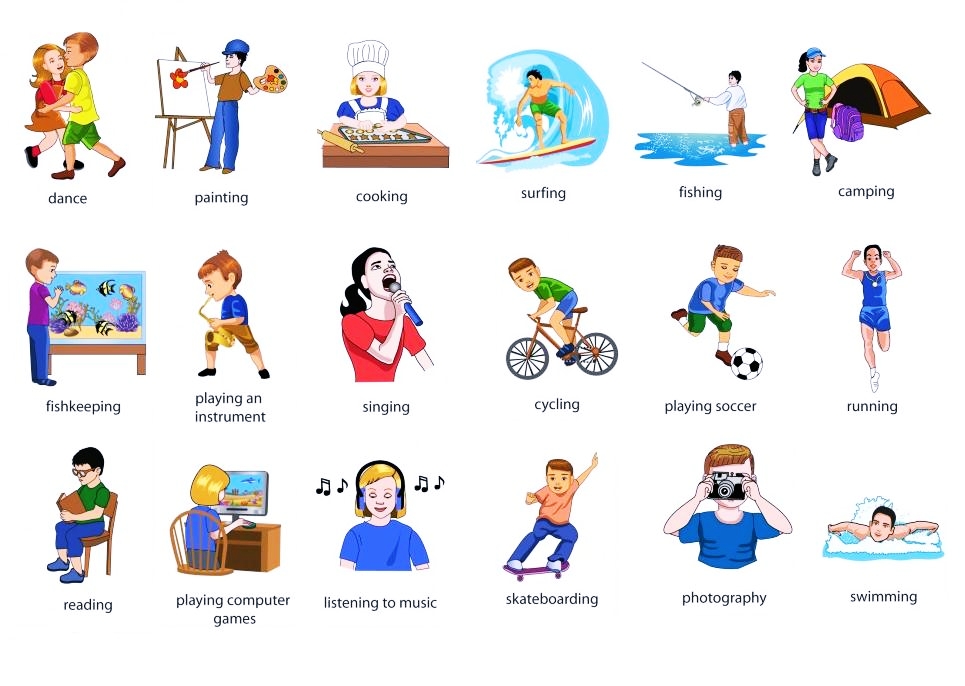
This ties in with the view that literacy is not just an assemblage of skills to be learned, but a social practice that children learn within and through (see Barton and Hamilton, 2016).
Children’s sociodramatic play experiences present unique opportunities for children to develop language and literacy skills, through the creation and exploration of imaginary worlds and the texts within them (Wohlwend, 2015; Smilansky, 1968).
From a Piagetian viewpoint, creating sociodramatic play opportunities allows children to independently consolidate cognitive skills like Concepts of Print, and explore the interactions between other individuals and the physical environment (Piaget, 1962; Yaden, Rowe and MacGillivray, 2000).
The importance of sociodramatic play for emergent literacy is also emphasised within a Vygotskian perspective, where literacy is viewed as a social, constructive process that begins in early life (Vygotsky, 1967).
In line with Vygotsky’s (1967) socio-cultural learning theory, play allows children to be supported by a more capable “player”. For sociodramatic play, this means that older peers and educators can model more advanced play using elements of drama teaching. This will then allow children to learn collaboratively, and eventually be able to engage in more advanced sociodramatic play by themselves.
An important point, regarding how these theories explain the relationships between play and literacy, is made by Pellegrini and Van Ryzin (2007), who argue that classic theorists do not directly explain the play-literacy interface. However, they do examine the ways that play activity influences literacy, including through pretend transformations, narrative thinking, and meta-play talk (i.e. talking about how to play).
Because play can take many forms as a teaching practice, it is difficult to measure its impact on literacy learning specifically.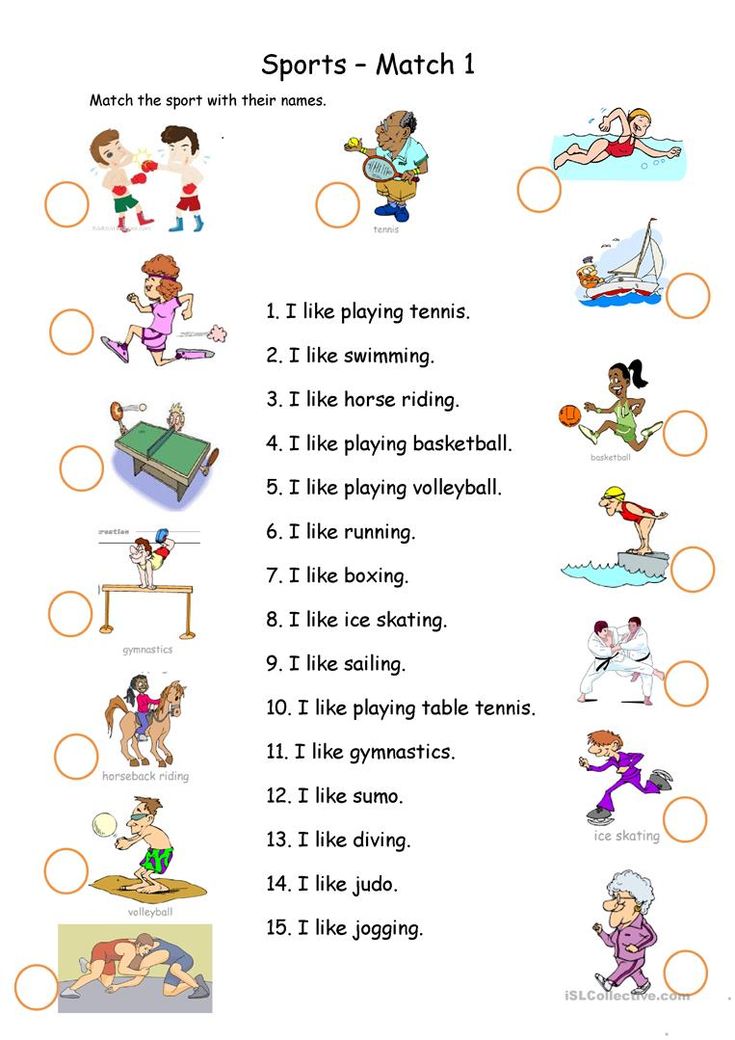
In one study (Nicolopoulou, Cortina, Ilgaz, Cates, and de Sá, 2015), the researchers found that children who participated in a storytelling and sociodramatic play program had improved language, emergent literacy, play, and self-regulation abilities.
Also, in a review by Weisberg, Zosh and Hirsh-Pasek (2013) the following conclusions are made about the links between language and play:
- play allows children to practice using symbols and understanding symbolic relationships (a key part of using language)
- play encourages children to use more advanced language that is specific to certain scenarios or social roles
- during play, there is a significant amount of language used by children, their peers, and adults, providing numerous opportunities to hear, practice, and learn language
- play allows children to be in control and engaged in the interaction, and when adults follow this lead, children are likely to learn more language (compared to an adult-led experience).
Myck-Wayne’s (2010) study of dramatic play areas provided evidence that setting up these areas allows children to practise functional uses of language and literacy in context.
- Victorian Early Years Learning and Development Framework
- VEYLDF Illustrative maps
Outcome 1: identity
Children feel safe, secure and supported.
- confidently explore and engage with social and physical environments through relationships and play
- initiate and join in play
- explore aspects of identity through role-play.
Children develop knowledgeable and confident self-identities.
- explore different identities and points of view in dramatic play
- learn to interact in relation to others with care, empathy and respect
- engage in and contribute to shared play experiences.
Outcome 2: community
Children develop a sense of belonging to groups and communities and an understanding of the reciprocal rights and responsibilities necessary for active civic participation
- cooperate with others and negotiate roles and relationships in play episodes and group experiences
- build on their own social experiences to explore other ways of being
- understand different ways of contributing through play and projects
- are playful and respond positively to others, reaching out for company and friendship
Children become socially responsible and show respect for the environment
- use play to investigate, project and explore new ideas
Outcome 4: learning
Children develop dispositions for learning such as curiosity, cooperation, confidence, creativity, commitment, enthusiasm, persistence, imagination and reflexivity
- use play to investigate, imagine and explore ideas
- initiate and contribute to play experiences emerging from their own ideas
Children transfer and adapt what they have learnt from one context to another
- use the processes of play, reflection and investigation to problem-solve
Children resource their own learning through connecting with people, place, technologies and natural and processed materials
- explore ideas and theories using imagination, creativity and play
Outcome 5: communication
Children interact verbally and non-verbally with others for a range of purposes
- use language and representations from play, music and art to share and project meaning
- contribute their ideas and experiences in play and small and large group discussion
- exchange ideas, feelings and understandings using language and representations in play
Children engage with a range of texts and get meaning from these texts
- listen and respond to sounds and patterns in speech, stories and rhymes in context
- view and listen to printed, visual and multimedia texts and respond with relevant gestures, actions, comments and/or questions
- sing chant rhymes, jingles and songs
- take on roles of literacy and numeracy users in their play
- begin to understand key literacy and numeracy concepts and processes, such as the sounds of language, letter–sound relationships, concepts of print and the ways that texts are structured
- explore texts from a range of different perspectives and begin to analyse the meanings
- actively use, engage with and share the enjoyment of language and texts in a range of ways
- recognise and engage with written and oral culturally constructed texts.
Children express ideas and make meaning using a range of media
- use language and engage in symbolic play to imagine and create roles, scripts and ideas
- share the stories and symbols of their own cultures and re-enact well-known stories
- use the creative arts, such as drawing, painting, sculpture, drama, dance, movement, music and story-telling, to express ideas and make meaning
- experiment with ways of expressing ideas and meaning using a range of media
- begin to use images and approximations of letters and words to convey meaning.
Children begin to understand how symbols and pattern systems work
- use symbols in play to represent and make meaning
- begin to make connections between, and see patterns in, their feelings, ideas, words and actions, and those of others
- develop an understanding that symbols are a powerful means of communication and that ideas, thoughts and concepts can be represented through them
- begin to be aware of the relationships between oral, written and visual representations
- begin to recognise patterns and relationships and the connections between them
Children use information and communication technologies to access information, investigate ideas and represent their thinking
- identify the uses of technologies in everyday life and use real or imaginary technologies as props in their play
- use information and communication technologies to access images and information, explore diverse perspectives and make sense of their world
- use information and communications technologies as tools for designing, drawing, editing, reflecting and composing
- engage with technology for fun and to make meaning
- Developing conversation and social skills
For age groups: early communicators (birth – 18 months) and early language users (12 – 36 months).
- Posting with friends
- Print in sociodramatic play
For age groups: language and emergent literacy learners (30 – 60 months).
- Literacy-rich environment
- Performing arts (interacting with others)
- Sociodramatic play (interacting with others)
Banerjee, R., Alsalman, A., and Alqafari, S. (2016). Supporting sociodramatic play in preschools to promote language and literacy skills of English language learners. Early Childhood Education Journal, 44(4), 299–305.
Barton, D., and Hamilton, M. (2010). Literacy as a social practice. Langage et Société, (3), 45-62.
Dinham, J., and Chalk, B. (2018). It’s arts play: Young children belonging, being and becoming through the arts. Sydney, Australia: Oxford University Press.
Enz, B. J. (1995) Adult roles in supporting children’s literacy. Linking literacy and play, In C. A. Kempers and A. L. Trefsger Miles(Eds), Newark, DE: International Reading Association,pp.
Fellowes, J., and Oakley, G. (2014). Language, literacy and early childhood education, 2nd Edition. Melbourne, Australia: Oxford University Press.
Jones, E., and Reynolds, G. (2011). The play’s the thing: Teachers’ roles in children’s play (2nd ed.). New York: Teachers College Press.
Kalantzis, M., Cope, B., Chan, E., and Dalley-Trim, L. (2016). Literacies. Port Melbourne, VIC, Australia: Cambridge University Press.
Lillard, A. S., Lerner, M. D., Hopkins, E. J., Dore, R. A., Smith, E. D., and Palmquist, C. M. (2013). The impact of pretend play on children’s development: A review of the evidence. Psychological Bulletin, 139(1), 1–34.
Myck-Wayne, J. (2010). In defence of play: Beginning the dialogue about the power of play. Young Exceptional Children, 13(4), 14–23.
Nicolopoulou, A., Cortina, K. S., Ilgaz, H., Cates, C. B., and de Sá, A. B. (2015). Using a narrative- and play-based activity to promote low-income preschoolers’ oral language, emergent literacy, and social competence.
Pellegrini A. D., Van Ryzin M. (2007) ‘Commentary: cognition, play and early literacy’. In K. Roskos, J. Christie (Eds). Play and literacy in early childhood: Research from multiple perspectives. 2nd ed. Mahwah, NJ: Lawrence Erlbaum Associates Publishers (pp. 65-80).
Piaget, J. (1962) Play, dreams, and imitation in childhood. Gattegno C, Hodgson FN, (trans). New York, NY: W.W. Norton & Company.
Roskos, K., & Christie, J. (2011). The play-literacy nexus and the importance of evidence-based techniques in the classroom. American Journal of Play, 4(2), 204–224.
Saracho, O. N. (2001). Exploring young children’s literacy development through play. Early Child Development and Care, 167(1), 103–114.
Siraj Blatchford,I. (2009). Conceptualising progression in the pedagogy of play and sustained shared thinking in early childhood education: A Vygotskian perspective. Education and Child Psychology, 26(2), 77-89.
Smilansky, S. (1968). The effects of sociodramatic play on disadvantaged preschool children. New York, NY, US: John Wiley and Sons.
Teale, W., Sulzby, E. (1986) Emergent literacy: Writing and reading. Norwood, NJ: Ablex.
Victorian State Government Department of Education and Training (2016)
Victorian early years learning and development framework (VEYLDF). Retrieved 3 March 2018.
Victorian Curriculum and Assessment Authority (2016) Illustrative Maps from the VEYLDF to the Victorian Curriculum F–10. Retrieved 3 March 2018.
Vygotsky, Lev S. (1967). Play and its role in the mental development of the child. Soviet Psychology, 5(3): 6–18.
Weisberg, D. S., Zosh, J. M., and Hirsh-Pasek, K. (2013). Talking it up: Play, language development, and the role of adult support. American Journal of Play, 6(1), 39–54.
Williams, M., and Rask, H. (2003). Literacy through play: How families with able children support their literacy development. Early Child Development and Care, 173(5), 527–533.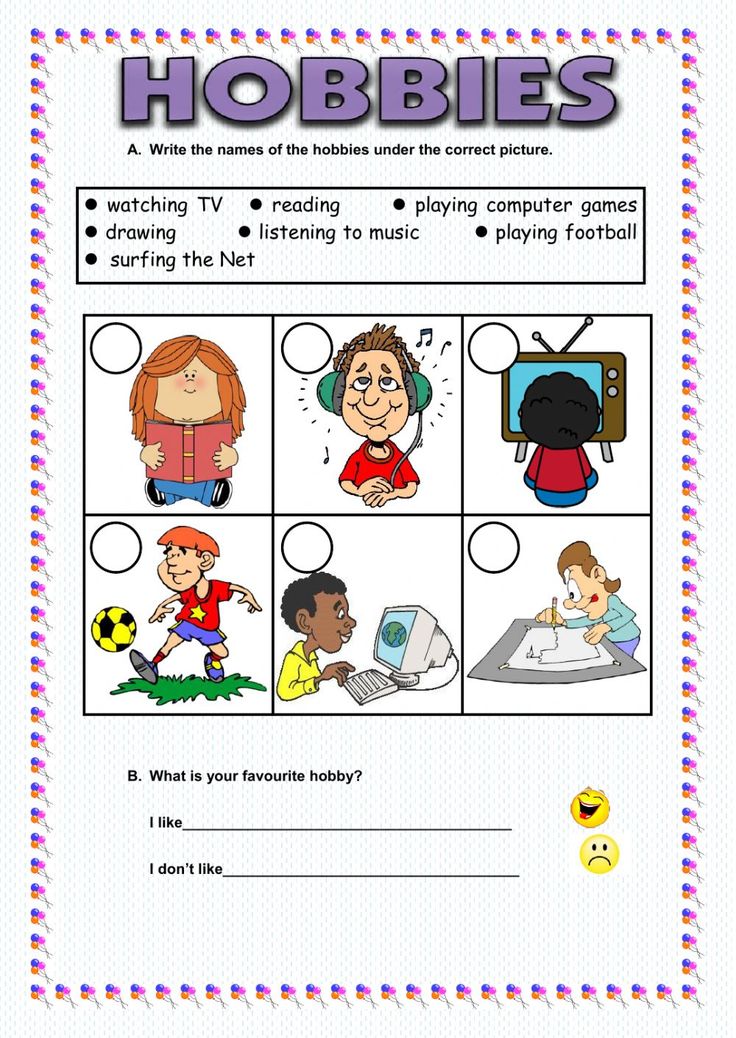
Wohlwend, K. E. (2015). Playing their way into literacies: Reading, writing, and belonging in the early childhood classroom. Teachers College Press.
Yaden D, Rowe, D, MacGillivray, L. (2000) ‘Emergent literacy: a matter (polyphony) of perspectives’. In M. Kamil, P. Mosenthal P. D. Pearson, and R. Barr (Eds.). Handbook of Reading Research Volume 3. Mahwah, NJ: Erlbaum. pp. 425-454.
Cremin, T., Flewitt, R., Mardell, B., and Swann, J. (2016) Storytelling in early childhood: enriching language, literacy and classroom culture. London and New York: Routledge.
Storytelling in Early Childhood is a captivating book which explores the multiple dimensions of storytelling and story acting and shows how they enrich language and literacy learning in
the early years.
Socio-Dramatic Play – Prioritizing Play
What it is?
One type of play that is very beneficial for young children in Socio-dramatic play. Socio-dramatic play involves the acting out of scripts, scenes, and roles that offer children a plethora of learning opportunities (Bodrova, 2008; Singer, Golinkoff, and Hirsh-Pasek, 2006) (p.
How should you implement it?
The teacher acts as a secondary source and brings in the materials for the students to play with. The students become the teachers and take on the role of what adults would normally do. Teachers may need to scaffold students in order to build upon play skills and develop more complex ideas, roles and scenarios. Teachers can also support a variety of development skills including social/emotional, cognitive, physical and language skills by engaging in play with students and modeling specific skills.
Breaking the parallel play barrier!
Earlier stage:
- Imitate and pretend with students
- Use objects that stand for something else
- Engage in parallel play with students
Middle Stage:
Engaging in pretend play!
- Interact in character with children
- Use figures similarly to children
- Acknowledge students playing together
Later Stage:
Assigning role during play.
- Extend time so that children can develop detailed pretend play
- Provide materials for props
- Allow children to assign roles to play
Sociodramatic play is the most effective when it is built into everyday activities. Children should have chances every day to engage in sociodramatic play. It is the teacher’s job to model sociodramatic play and allow for as many opportunities for this type of play as possible. Sociodramatic play can be independent, with peers, or as a class. Sociodramatic play is versatile and can be used to develop many skills and academic areas. The sociodramatic play represents students’ ideas of the real world, and their schema can be shaped and developed through sociodramatic play.
- Establish a space in the room dedicated to sociodramatic play. Allow students to use this space when given free playtime.
- Provide props, sets, and costumes to allow students to pretend and use their imagination.
- Build sociodramatic play into the curriculum while possible.
For example-during, a science experiment, bring lab coats and goggles for students to pretend to be real scientists!
- Model different ways of how to pretend and use sociodramatic play to your students.
- Build background knowledge to support sociodramatic play. Ex: What do you know about restaurants? Have students brainstorm their experiences in restaurants in order for them to transfer their knowledge in their play and build their schema through play.
- Give students choice and allow them to explore this type of play if that is their interest whenever possible.
Standards:
The organization NAEYC discusses what is considered Developmentally Appropriate Practice for kindergarten aged children (3-6 years old). They describe that this is an age where children should be learning through play, community, and social interaction with peers. Sociodramatic play culminates these qualities in that many materials should reflect the community and that sociodramatic play calls for social interaction between children.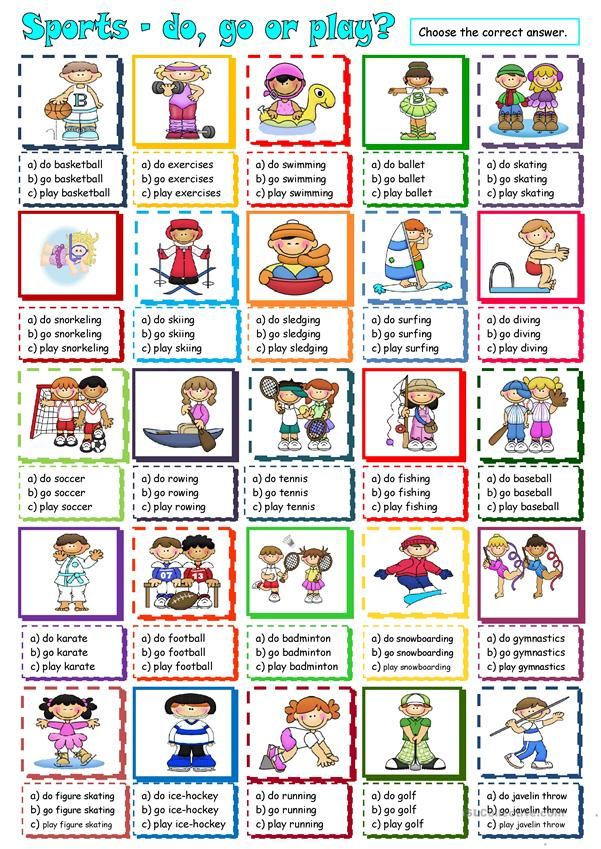
The New York State standards for grades 1-8 have recently added standards to address play explicitly and allow aspects of literacy that could be intertwined with sociodramatic play. In the elementary age group, students are developing their ability to recognize and follow plot, characters, settings, and other important aspects of a story. Students can use this information to engage in sociodramatic play in a more sophisticated way. Students can practice developing key components of stories that they find in the books that they read as they engage in sociodramatic play. Starting around third grade, students begin learning about dramas, poems, and influences of speech. These components of literacy continue to be developed through middle school. Students even begin to explore scripts, and the setup of dialogue in plays. All of the information that students learn about dramatics can be used in sociodramatic play, and can also help them build upon their knowledge in the literary arts through play.
Resources:
https://childdevelopmentinfo.com/child-activities/encouraging-your-childs-socio-dramatic-play/#.XSPMgy2ZOqA– This website encourages parents/guardians, and teachers to engage their child/student in sociodramatic play. It was created by the Child Development Institute. They allow a section for questions to ask and signing up for a newsletter. This specific section of the website focuses on sociodramatic play. The other sections to click on include: the institute’s history, what they are about, working with a child with ADD/ADHD, parenting tips, expert articles, blog, The Well Balanced family, and contact information. In addition to these add ons they have room to click on more articles they have reviewed talking about sociodramatic play.
http://www.earlychildhoodnews.com/earlychildhood/article_view.aspx?ArticleID=751 – This website is a resource for both teachers and parents as it provides hot topics of discussion, classroom ideas, teacher resources as well as professional resources.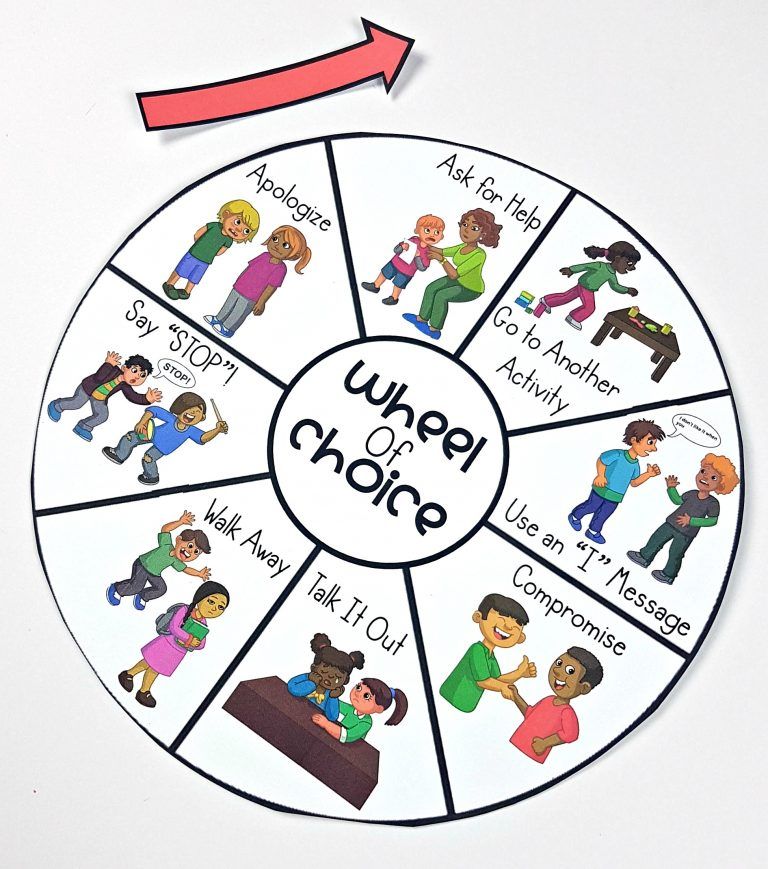
https://www.scholastic.com/teachers/search-results/?search=1&filters=&text=dramatic%20play – Scholastic is a great resource for teachers and parents to use to learn more about dramatic play. It provides activities/games, blogs, articles, lessons, and unit plans. Some focal points of the articles and blogs are about developing emergent literacy skills through dramatic play and developing skills such as motor skills.
https://www.brighthorizons.com/family-resources/importance-of-pretend-play-in-child-development – Bright Horizons is a leader in family and education solutions.
Links:
1. https://www.youtube.com/watch?v=xXqyum4YeEc
This video is about the value of sociodramatic play. Even more specifically, it is stated that “Children develop physically, cognitively, emotionally, and socially through sociodramatic play.” This video discusses each way that children develop, and it gives an example for each one. This video specifically shows preschool children playing in a pretend bakery in the classroom. This play center allows students to take on roles in a bakery by learning more about how it works, and how it is set up.
2. https://www.youtube.com/watch?v=G_OszGAXI9o
This video is a group of 5th graders who are acting in a play reading in Hebrew. Students are acting out the play High School Musical and playing specific roles in the play. They were also able to create their own props to emphasize their roles. I like seeing older students engage in sociodramatic play and be able to work together to put on a play for an audience. One of the most interesting parts of the video is that they were performing their roles in another language as they took on roles and engaged in play.
3. https://www.youtube.com/watch?v=pdOwvZwiYwk
The three girls in this video are engaging in sociodramatic play. The video begins with one girl assigning roles to the others. Although they do not use props, they use their imaginations to create their play space. Student collaboration is happening throughout and each child is engaged throughout the play session.
4. https://www.youtube.com/watch?v=gzsXSSL5OEg
In this video, the teacher discusses the process of learning through the sociodramatic play center. You can see how math is integrated with students assigning prices to services. In this video, the children also incorporate their personal experiences. This form of dramatic play has the teacher in more of a leadership/partnership role than a facilitator role.
5. https://www.youtube.com/watch?v=ciP8WBzJVmA
This video is about an ice cream dramatic play set up. This specific video is about how to create a dramatic play center with the theme of ice cream. Playdough is used for ice cream, and props are made using cardstock paper (cones), cardboard boxes (cone holder), an actual ice cream scoop, bowls, and glitter for ‘sprinkles’. This video is a great example of how easily dramatic play can be incorporated into the classroom, and at little to no cost at all.
6. https://www.youtube.com/watch?v=xXqyum4YeEc&t=4s
This video shows how teachers can support students in play. The teacher provides background information and gets students thinking about the pretend play that they are doing. The teacher asks the students “what do you know about baking?” Then students think of their experiences, and then get to play bakery. This video is a great example of how teachers can be involved in play, and allow students to be thinking about their own experiences and building new information when they play.
7. https://www.youtube.com/watch?v=ssgbfVcaQFw
This is a short video that shows a great example of sociodramatic play. The classroom was set up to look like a restaurant. It had clothed tables, plates, and a kitchen area. There were even costumes and props to support the play; one girl wears a mustache to take on a new character. This is such a fun and effective way to incorporate sociodramatic play in the classroom that allows students to build off of their own experiences.
Search criteria: social; dramatic; play;
From birth to 6 years
It should be noted that the game not only influences development, but also reflects it. The existing typologies of games include the main types of activities characteristic of childhood. From them we can see how different types of games affect the development of the child. There are both simplified and complexly structured typologies of games. Hutt (1976) divides games into epistemological (cognitive), the main purpose of which is the acquisition of knowledge and skills, and entertaining, which are based on fantasy and imagination. Hughes (1999), in turn, offers a more detailed typology describing 16 types of games:
• violent and chaotic – games with physical interaction, including touching, tickling and relatively restrained use of force with a constant display of the playful nature of the activity;
• sociodramatic – acting out real or conditional situations from people’s lives;
• social – games with certain rules associated with involvement in a particular social situation;
• creative – games that provide for obtaining one or another result or a certain reaction;
• communication – games using words, hints, gestures;
• dramatic – games related to acting out situations in which the child is not a direct participant;
• symbolic – games in which one object replaces another;
• deep – games related to danger and experience;
• research – games that provide an opportunity to obtain factual information about objects and phenomena;
• fabulous – games in which a child changes the world with the power of his own imagination, moving away from reality;
• fantasy – games that do not take into account the laws of the real physical world;
• locomotor – movements in any direction, undertaken only for the sake of movement;
• related to the mastery of reality – games in which the child controls the physical and emotional influences from the outside world;
• object – games that use all sorts of interesting sequences of visual-motor manipulations and movements;
• role-playing – games related to the study of various life roles and situations, as a rule, not related to personally significant personal, social, family or interpersonal relationships;
• summarizing experience – games that allow the child to get to know their own origin, history, rituals, legends, poems.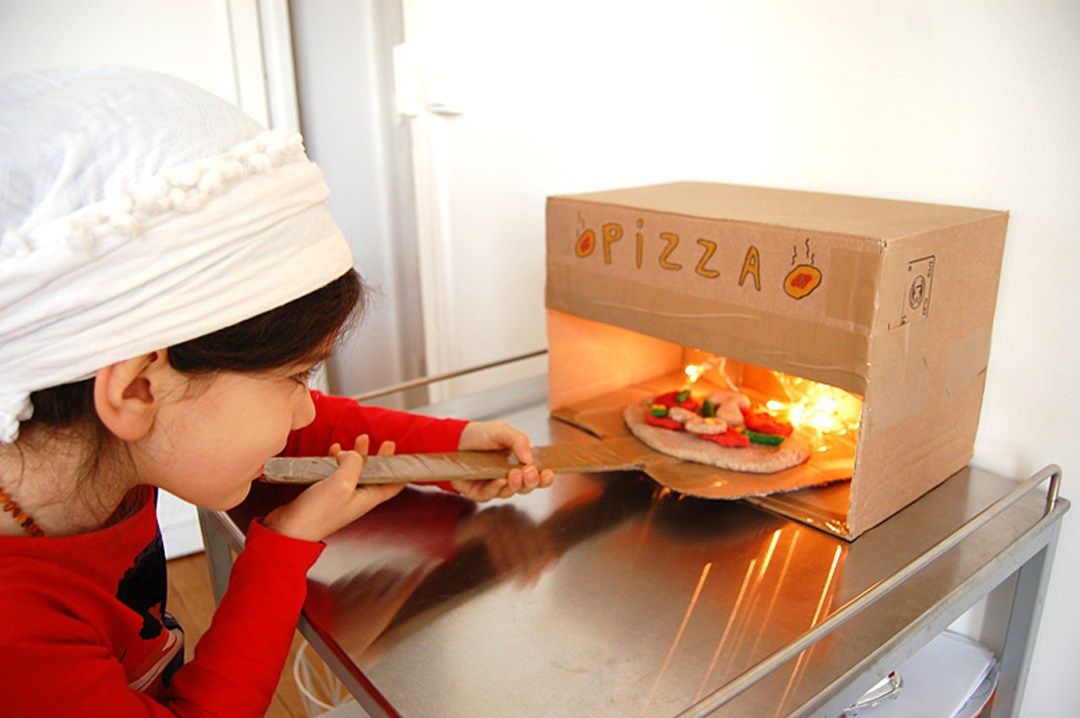
Other play typologies focus primarily on the developmental process of the child, describing progress through certain types of play that change as the child learns more and more new skills. Here we focus on how a child’s ability to play develops.
Sheridan (1977) writes:
As the child develops, he masters different types of play in sequence as he learns to use an increasing number of skills, first sensory and motor, and then those related to communication and creativity. At the same time, each step forward will be effective only if the skills of the previous stage are successfully mastered.
1. Active play requires general motor skills – the ability to control one’s own head, trunk and limbs while sitting, crawling, standing, running, climbing, jumping, throwing, kicking, catching objects, and so on. It is directly related to progress in physical development and requires adequate free space for movement and natural obstacles that can be overcome, as well as simple and safe play equipment, both movable and fixed.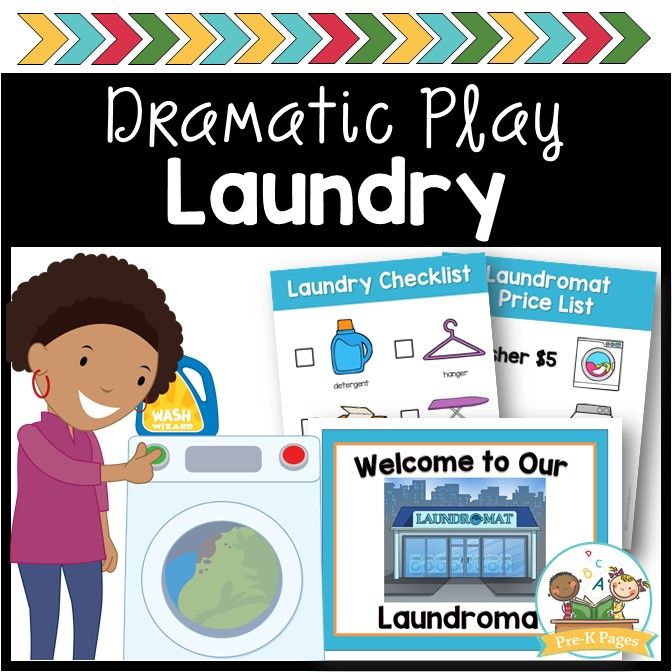
2. Investigative and manipulation play starts around 3 months of age with finger play. It requires age-appropriate development of gross and fine motor skills, as well as the ability to perceive. These components are necessary for the baby not only for visual-motor coordination, but also in order to learn to pay attention to the surrounding sounds and determine their source, to realize the immutability of objects and begin to master the properties of time and space. In order for these separate elements of physical and cognitive development to form into a single meaningful experience of knowledge, it is necessary that the child constantly has at his disposal a number of simple objects that can be manipulated. Among them can be both everyday items and toys – rattles, dolls, balls, designer parts, boxes and other things that can be picked up and moved, including those that can make sounds.
3. Imitation play is clearly observed from the age of 7–9 months.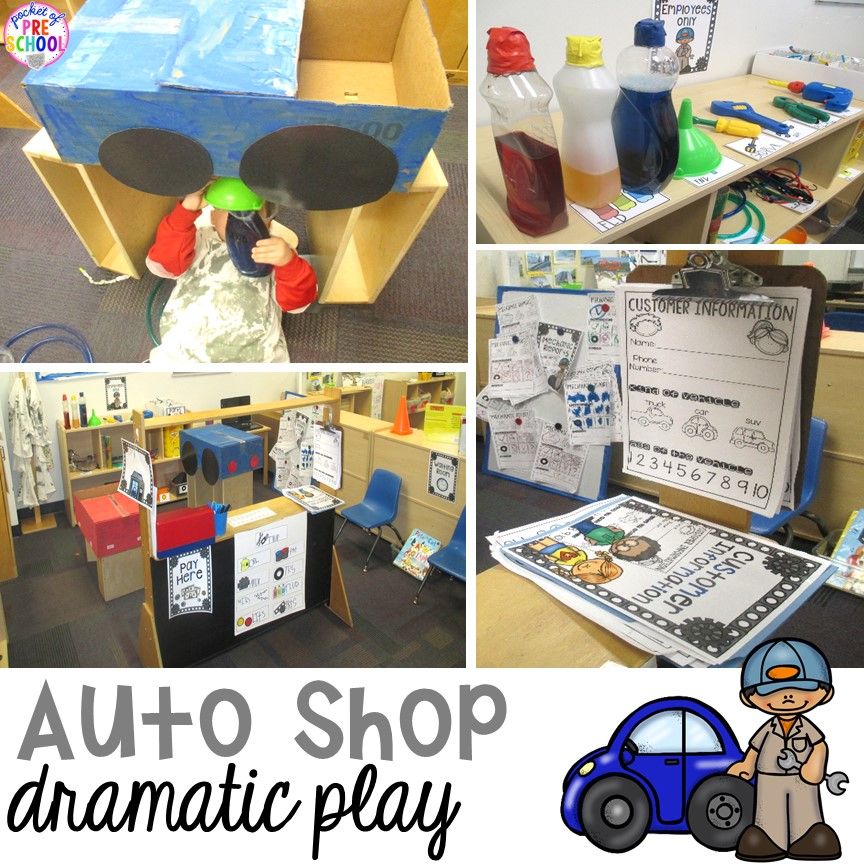
4. Constructive (productive) play begins at the age of 18-20 months with the construction of simple structures from parts.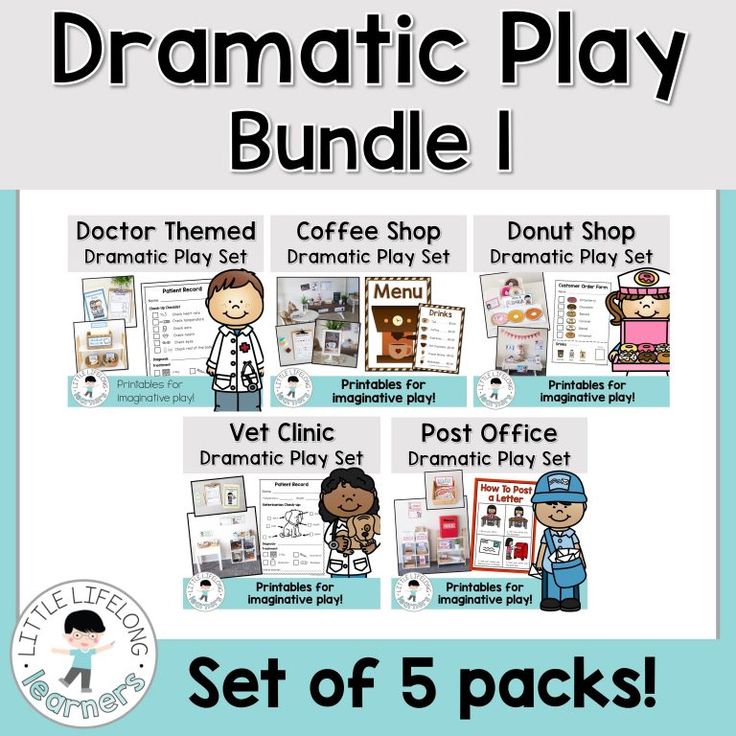
5. Fantasy (role-play) play begins a few months before the child reaches the age of two and continues for the next few years. It requires the mastery of all the types of games listed above, especially the simulation role-playing game. Having studied in practice what consequences and results the actions that he observed and imitated earlier lead to, the child begins to purposefully invent more and more complex imaginary situations in order to use the acquired knowledge and skills in practice with pleasure.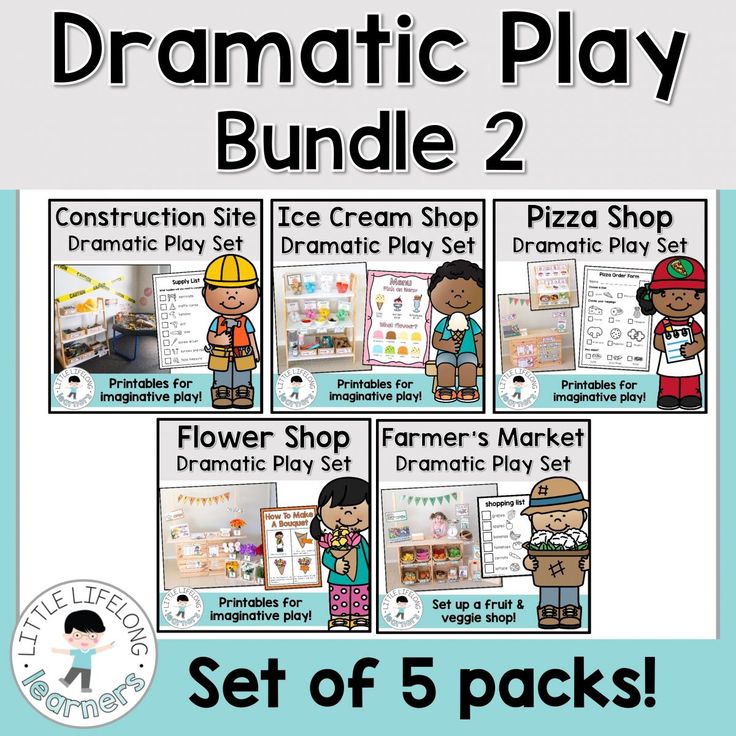
6. Playing with the rules of requires excellent mastery of all the types of games listed above, as well as a complete understanding and acceptance of abstract concepts related to the definition of shares, order, observance of the rules and accurate recording of results. It usually starts around the age of 4, when a group of peers, led by an informal leader, invent their own rules for playing together. Team games that evoke a sense of competition in older children and adults, the more they go on, the more they require obedience to the rules established from the outside, and in order to win it is necessary to recognize and strictly observe all their points.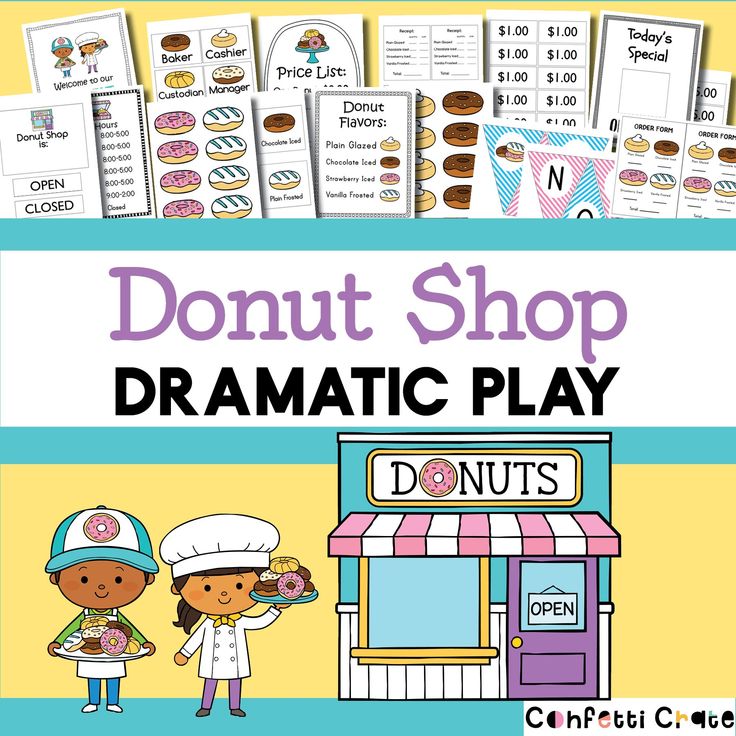
Sheridan observes how children’s spontaneous play changes over time. The types of play she describes fully support theories that play changes with a child’s development. Today, experts recognize that the age corresponding to a particular stage of development is always determined only approximately, the sequence of passing through certain stages is much more important. Behavior associated mainly with a certain stage of development may nevertheless manifest itself at other stages, because play behavior is rather cumulative, its various forms are not mutually exclusive. The inextricable link between play and development has been analyzed more than once from a cognitive, social and emotional point of view.
Piaget (1951) divides children’s games into three stages corresponding to certain stages of cognitive development:
• Practical games correspond to the sensorimotor period of development (approximately from birth to 2 years).
• Symbolic games correspond to the pre-operational stage of development (approximately 2 to 7 years). At this stage, the child develops the ability to replace one object with another, he is increasingly involved in fantasy and role-playing games.
• Games with the rules of occur both in the pre-operational stage and in the early stages of the concrete operations stage (approximately 7 to 11 years). Over time, these games are increasingly subject to predetermined rules.
Parten (1932) observed children aged 2 to 5 years in preschool institutions. In the course of long observations, she noticed that with age, children’s games become more and more social in nature. She describes six social stages of game development:
• non-playing behavior : not playing, only observing;
• solitary play : child plays alone, shows no interest in others;
• observation game : child observes how other children play, may engage in conversation with game participants, but is limited to conversation and does not engage in play;
• parallel play : child plays alongside other children, often imitating their actions, but does not interact with them;
• related game : children seem to be playing together, but their actions are not connected in any way;
• play together : children play together, their activities are more organized, they discuss their intentions and wishes regarding the course of the game.
Erickson (1963), who studied the positive emotional effects of play, suggested that play helps the child gain a sense of self-competence and self-esteem.
• Playing in one’s own universe : According to Erickson, during the first year of a child’s life, the most important thing for a child is to explore his own body and feelings. Body awareness is the most important factor in the development of self-esteem, since we will not be able to evaluate ourselves without first knowing the basic components of our “I”.
• Playing in the microcosm : in the second year of life, the child begins to play with objects. It is during this period that he begins to realize how his own actions affect the world around him.
• Play in the big world : Around the age of 3, when children start attending nursery or kindergarten, their play becomes more social. Toddlers master various types of joint activities, begin to realize that the environment and their sense of their own “I” depend not only on themselves, but also on those around them.
Business games NRG
KAN company
Problem
KAN company sells water supply and heating systems.
A problem has come to light that would be dangerous to put off until later.
The market is growing and making new demands, it was necessary to change approaches in order to stay on the market and continue to grow. And regional managers did not want them to change the old approaches in sales methods.
The company’s leaders have set a task for us: to bring everyone to a common understanding of the image of the “regional manager” and to practice negotiation skills, because the market segment is tough.
It was also necessary to focus on the fact that employees would stop calling themselves regional representatives and switch exclusively to the term “regional managers.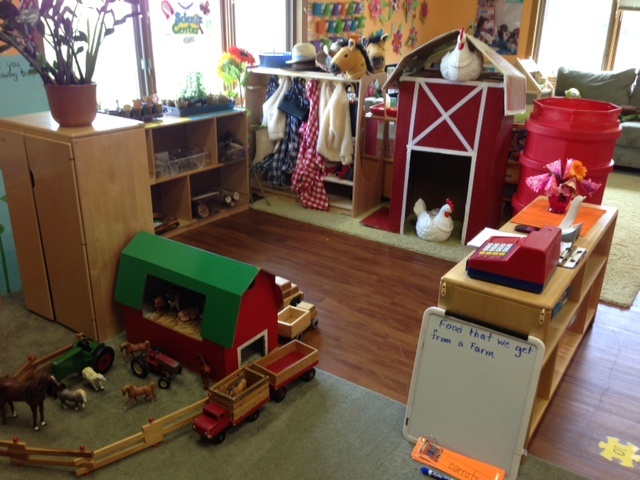
— I do not passively represent the interests of the company, but I take the position of a manager who makes decisions, and not only conveys information to the Client.
But at the same time, the directorate understood that there was no profile of the “regional manager” position on the market. And existing employees don’t feel the competition.
Solution
We proposed a complex solution to the problem from five stages:
1. Conducted interviews with top managers and understood their vision of the characteristics of a regional manager on the Hogan scales.
2. Conducted a Hogan assessment for the most successful managers and those who lag behind in performance. Based on the data obtained, a portrait of the position “regional manager.
3. Conducted the game “Games of Leaders” with elements of assessment of behavioral models of managers.
4. During the reflection, we identified the competence that sags more than the others, and developed methods for its development.
5. Participants who completed the Hogan questionnaire received feedback. They saw their strengths, identified development areas and created an individual plan for the nearest development.
We have prepared a comprehensive report and feedback for the client based on the summary results for all stages.
On the way to solving the problem, we met the resistance of the participants who did not want changes, because they considered it superfluous, they were satisfied with the existing situation. They continued to receive their salary while the business was losing money. Also, some participants were afraid that after such events they would simply be fired.
Result
The client received the position profile “regional manager. Participants received individual development plans based on the results of the Hogan assessment, game and post-game reflection. The game in this case was used by us deliberately to evaluate behavioral scenarios, on the one hand, in conditions that simulate a business context and, on the other hand, as safe as possible for evaluation.







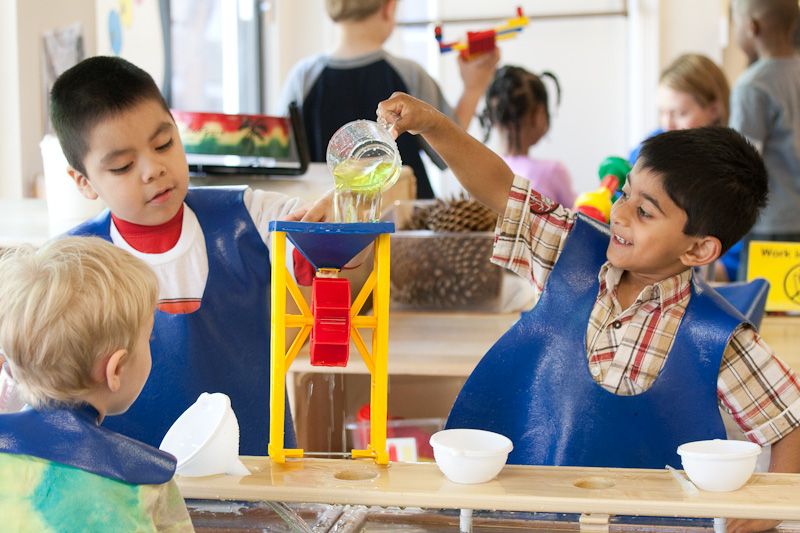
 g. using a block as a phone)
g. using a block as a phone) g. drawing/writing letters, notes, recounts)
g. drawing/writing letters, notes, recounts)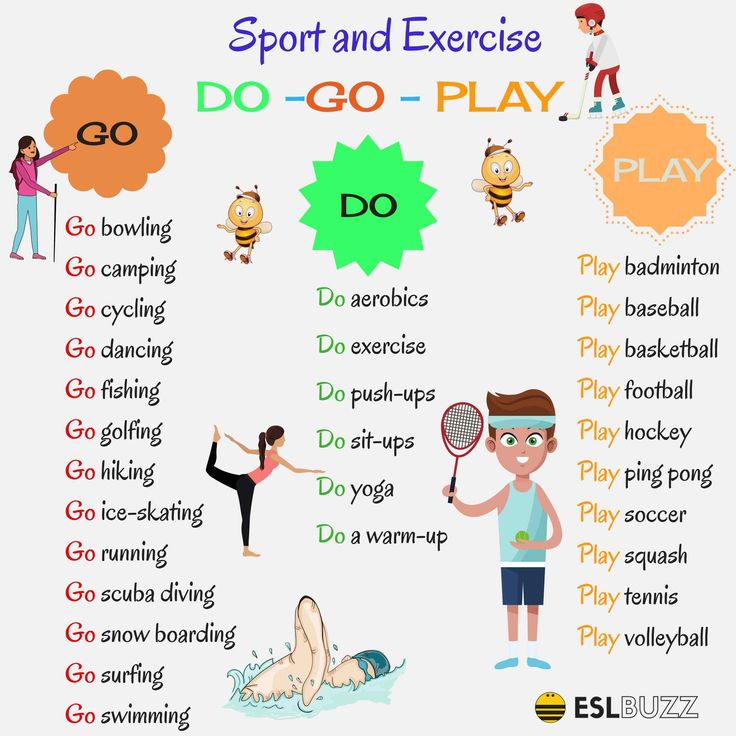


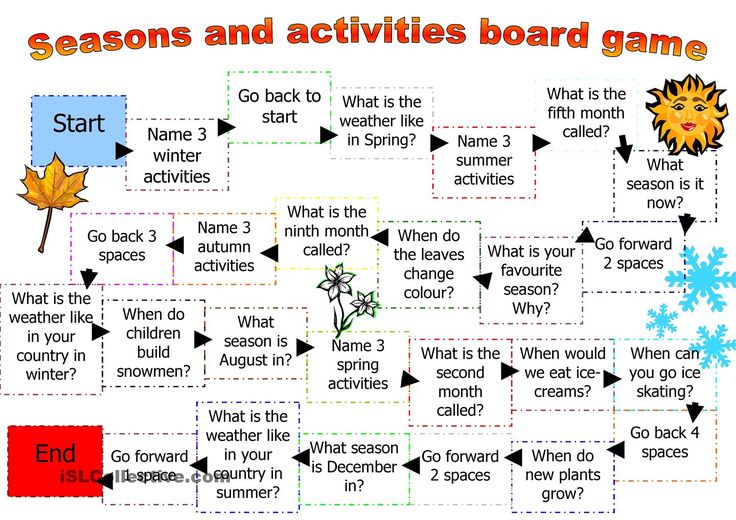 For example-during, a science experiment, bring lab coats and goggles for students to pretend to be real scientists!
For example-during, a science experiment, bring lab coats and goggles for students to pretend to be real scientists!